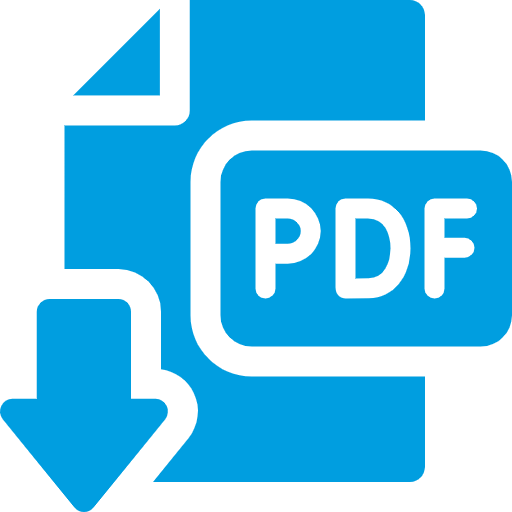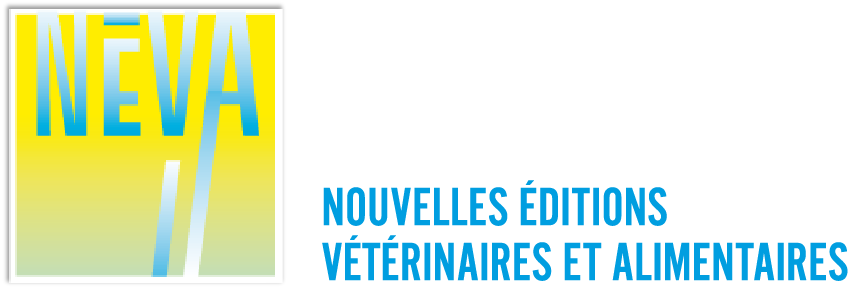La fourbure d’origine endocrinienne est l’une des plus fréquentes chez le cheval et le poney.
Les mécanismes physiopathologiques liant dérégulation de l’insuline et fourbure sont complexes et non totalement élucidés à ce jour, même si les études récentes s’accordent sur le rôle potentiel du récepteur à l’IGF1 (Insulin like Growth factor type 1) et sur le contexte inflammatoire local, longtemps écarté.
Une évaluation hormonale après un diagnostic de fourbure est indispensable, tant d’un point de vue pronostique que thérapeutique, même si aucun traitement spécifique n’est disponible aujourd’hui.
Disciplines : Endocrinologie, histologie, anatomie
Mots clés : sabot, insuline, obésité, inflammation, cheval, équidés
Insulin resistance, hyperinsulinemia and laminitis
Endocrine laminitis is one of the most frequent both in horses and ponies. Pathophysiologigy associating insulin and laminitis are complex and not currently fully understood, even if recent studies agree on the role of IGF1 (Insulin-like growth factor type 1) and local inflammatory status.
Hormonal evaluation after lamenitis diagnosis is necessary, both in a pronostic and therapeutic point of view, even if no specific treatment is currently available.
Disciplines: Endocrinology, histology, anatomy
Keywords: Hoof, insulin, obesity, inflammation, equine
Plan de l’article
HOOF ANATOMY AND HISTOLOGIC MODIFICATIONS DURING LAMINITIS
SUSPECTED PATHOPHYSIOLOGICAL MECHANISMS N ENDOCRINE LAMINITIS
IGF1 receptors
Vascular dysfonctions
Inflammation and role of keratinocytes
Amin acids
Role of the endoplasmic reticulum
INSULIN RESISTANCE: METABOLIC SYNDROME, PPID OR BOTH?
PROGNOSIS AND SEVERITY
TREATMENT



